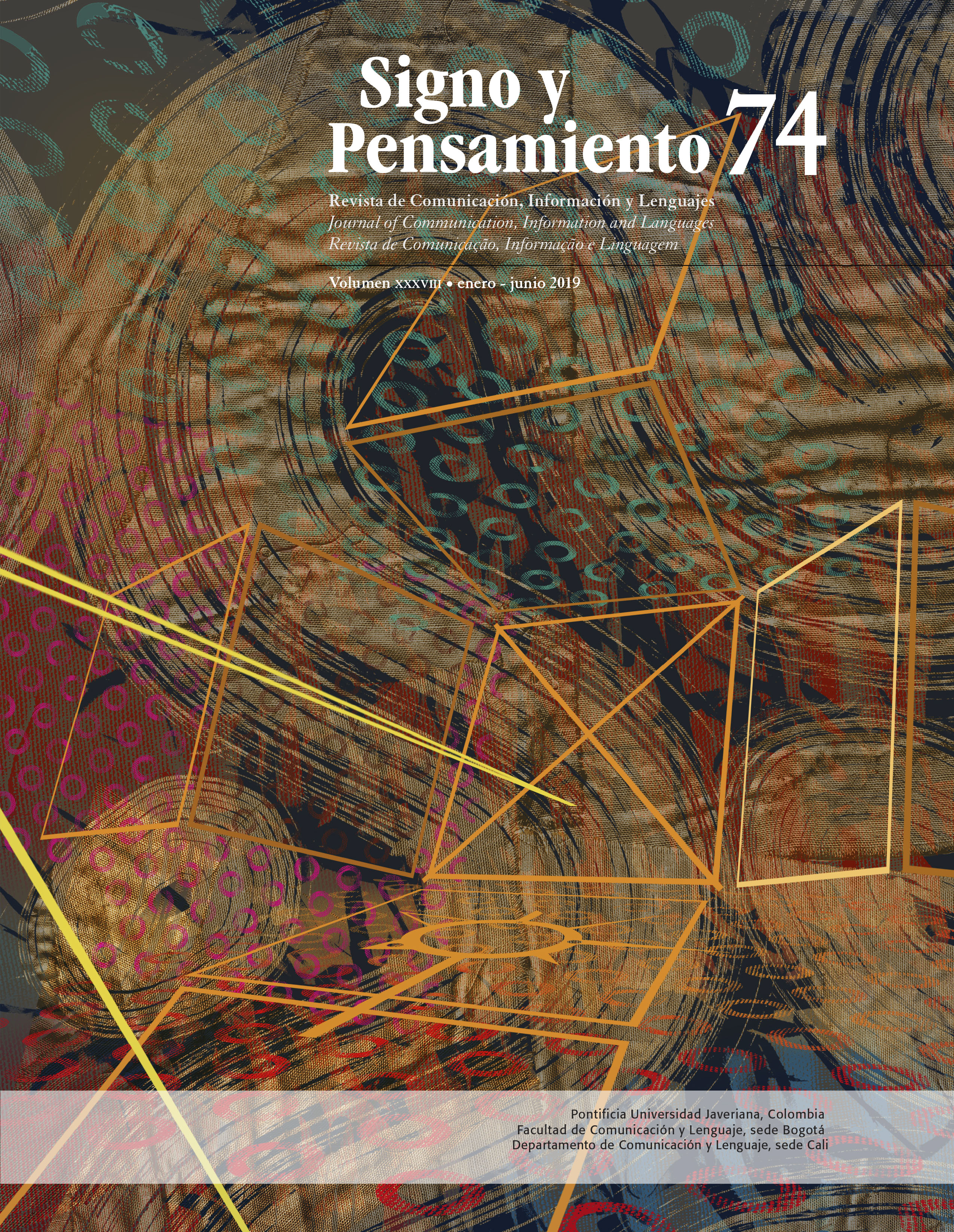Abstract
This article reports an experience of creating materials to approach a literary work in an advanced English course. It also proposes a reflection on the elements that can be considered in the promotion and development of the intercultural communicative competence (ICC) based on the literature. To do so, a material consisting of 84 activities designed to guide the reading of the novel Americanah by Chimamanda Adichie (2014) was analyzed. The reflections from this analysis expose the need that the teachers study in depth their creation of materials, in order to identify purposes, implicit ideological stances and pedagogical opportunities to promote the ICC.
Bhabha, H. K. (1994). El lugar de la cultura. Buenos Aires: Manantial.
Bugnone, A. (junio, 2015). Lengua, cultura e interculturalidad en la enseñanza de lenguas extranjeras. Conferencia presentada en VIII Coloquio PELSE, Santa Fe, Argentina. Recuperado de http://www.memoria.fahce.unlp.edu.ar/trab_eventos/ev.4124/ev.4124.pdf.
Byram, M. (1997). Teaching and Assessing Intercultural Communicative Competence. Multilingual Matters. Ciudad: Editorial.
Che-Neba, D. (2016). Culture And Identity: Towards Redefining Representational Material For the ESL/EFK Classroom. Asian Journal of Social Sciences & Humanities, 5(2), 172-179.
Freire, P. (2010). Cartas a quien pretende enseñar (2da Ed.). Buenos Aires: Siglo Veintiuno Editores.
Gupta, A. & Ferguson, J. (1992) Space, Identity and the Politics of Difference. Cultural Anthropology, 7(1), 6-23.
Hoff, H. E. (2016). From ‘Intercultural Speaker’ to ‘Intercultural Reader’: A Proposal to Reconceptualize Intercultural Communicative Competence Through a Focus on Literary Reading. En F. Dervin & Z. Gross (Eds.), Intercultural Competence in Education (pp. 51-71). Ciudad, País: Editorial.
Núñez, A. & Téllez, M. (2008). Meeting students’ needs. Enletawa Journal, 1, 65-68.
Pulverness, A. (2011). Materials for Cultural Awareness. En B. Tomlison (Ed.), Developing Materials for Language Teaching (pp. 426-438). Londres, Inglaterra: Continuum.
Rico-Troncoso, C. (2011). The effects of language materials on the development of intercultural competence. En B. Tomlinson & H. Masuhara (Eds.), Research for Materials Development in Language Learning (pp. 83-102). Londres, Inglaterra: Continuum.
Rico-Troncoso, C. (2012). Language teaching materials as mediators for ICC development: a challenge for materials developers. Signo y Pensamiento, 31(60), 130-154.
Tomlinson, B. (1998). And now for something not completely different: an approach to language through literature. Reading in a Foreign Language, 11(2), 177-189.
Tomlinson, B. (2000). Materials for cultural awareness: Combining language, literature and culture in the mind. The Language Teacher, 24(2), 19-21.
Tomlinson, B. (2016). The Importance of Materials Development for Language Learning. En M. Azamoosh, M. Zeraatpishe, A. Faravani, & H. Reza (Eds.), Issues in Materials Development (pp. 1-9). Ciudad, Países Bajos: Sense Publishers.
This journal is registered under a Creative Commons Attribution 4.0 International Public License. Thus, this work may be reproduced, distributed, and publicly shared in digital format, as long as the names of the authors and Pontificia Universidad Javeriana are acknowledged. Others are allowed to quote, adapt, transform, auto-archive, republish, and create based on this material, for any purpose (even commercial ones), provided the authorship is duly acknowledged, a link to the original work is provided, and it is specified if changes have been made. Pontificia Universidad Javeriana does not hold the rights of published works and the authors are solely responsible for the contents of their works; they keep the moral, intellectual, privacy, and publicity rights.
Approving the intervention of the work (review, copy-editing, translation, layout) and the following outreach, are granted through an use license and not through an assignment of rights. This means the journal and Pontificia Universidad Javeriana cannot be held responsible for any ethical malpractice by the authors. As a consequence of the protection granted by the use license, the journal is not required to publish recantations or modify information already published, unless the errata stems from the editorial management process. Publishing contents in this journal does not generate royalties for contributors.



